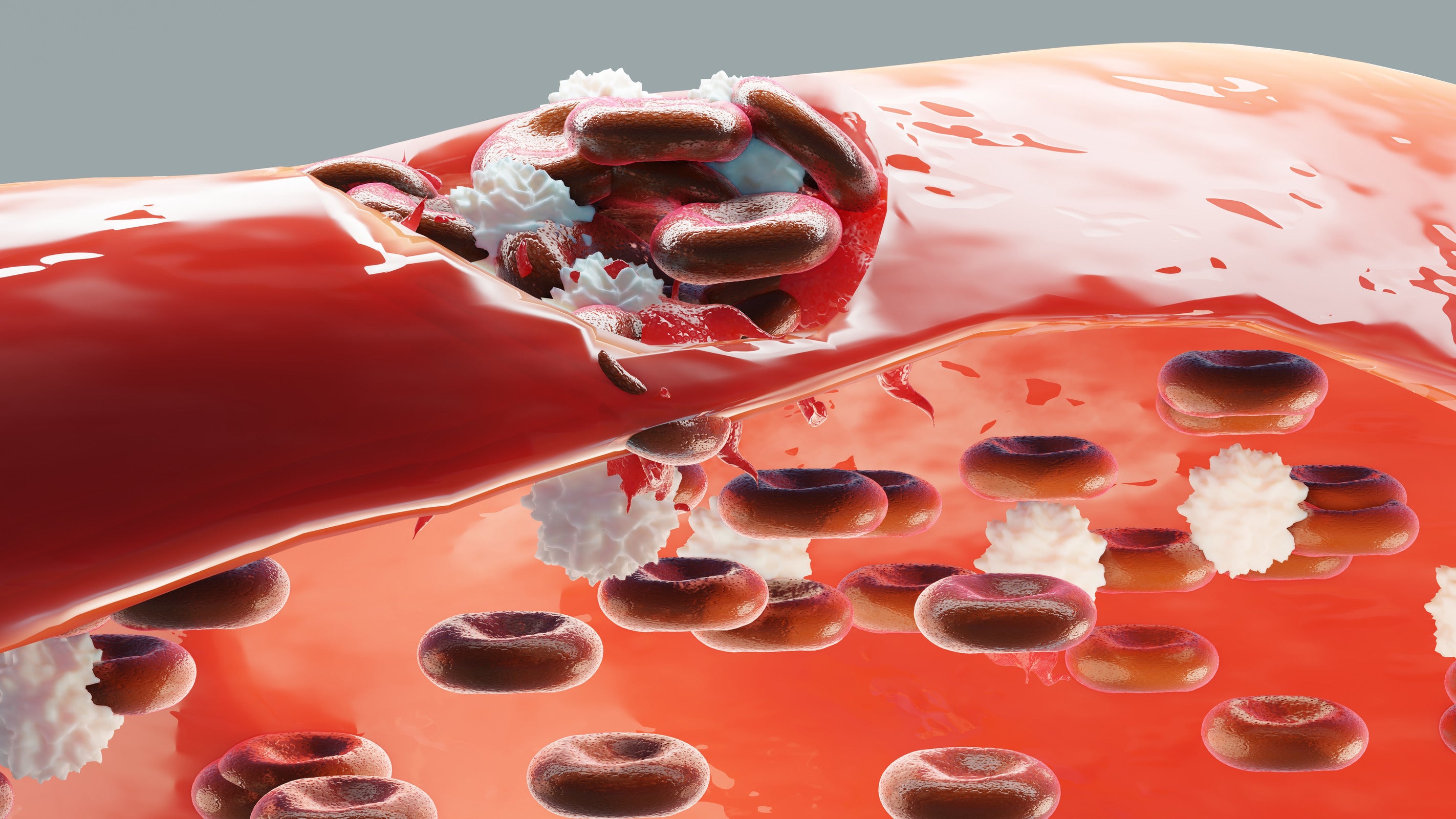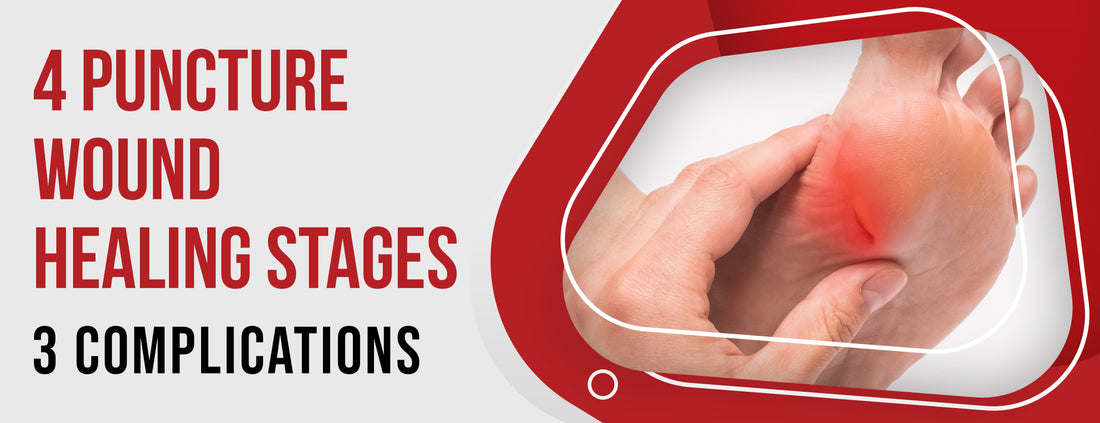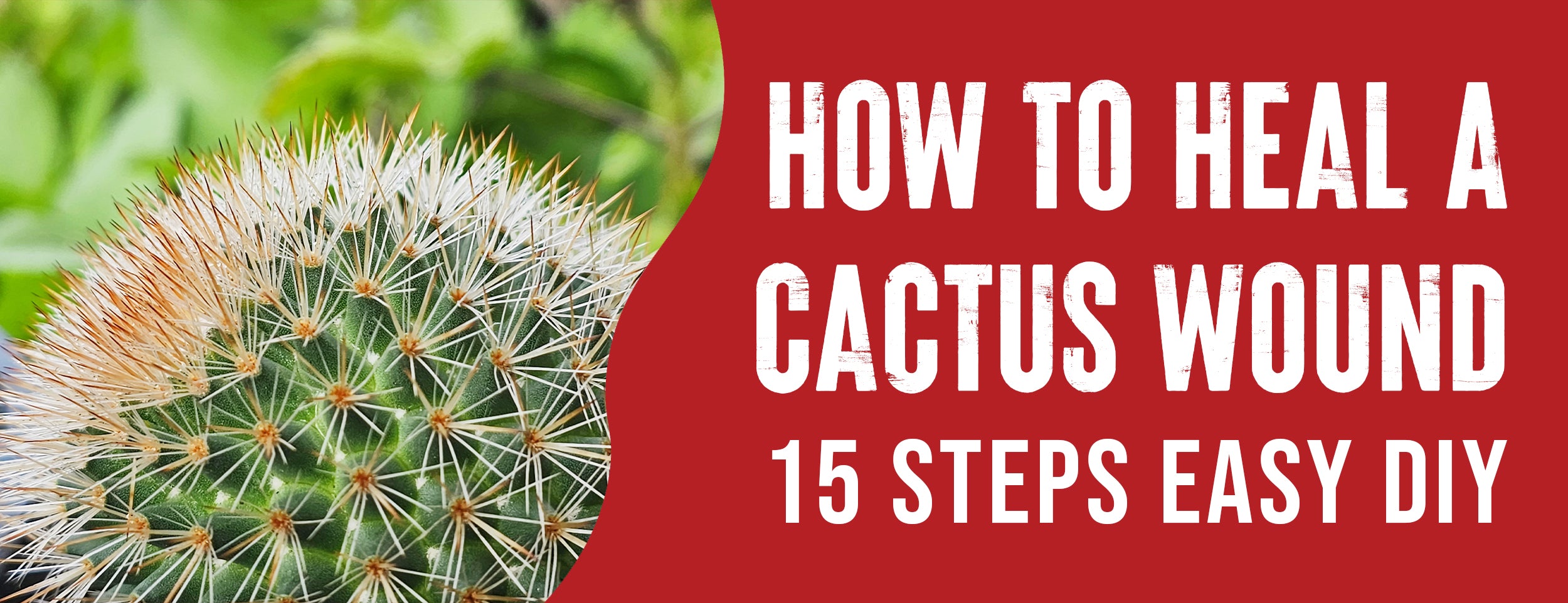Puncture wound healing stages include hemostasis, inflammation, proliferation, and maturation. These phases involve crucial chemical processes to regenerate damaged cells and ensure the individual's well-being.
The stages of puncture wound healing typically involve hemostasis to stop bleeding, followed by inflammation to allow nutrients and oxygen into the wound. The final stage includes growth, rebuilding, and strengthening for complete healing.
In this post, we'll examine the puncture wound healing stage and its complications to understand better how the process works.
4 Puncture Wound Healing Stages: Explained

It is a complex process that involves several stages. Each stage is crucial in ensuring that the wound heals properly and efficiently. Let's explore these stages, understand what happens during each one, and learn how to recognize signs of healing.
Stage 1 (Hemostasis: The Emergency Response)
Hemostasis, the first step in the healing process, is crucial after an injury. When a puncture occurs, bleeding is a natural response to clean the wound. Excessive blood loss is harmful, prompting your body to create clots to halt bleeding swiftly.
Platelets are released, binding together to form a clot that shields the wound, eventually forming a protective scab. The clot includes fibrin, a protein that creates a net to secure the clot in position.

Stage 2 (Inflammation: The Cleanup Operation)
The second stage of wound healing is inflammation. This stage is all about cleaning up and fighting off possible infection. During this stage, your immune system sends a white blood cell called macrophage to the wound site to destroy any bacteria that might cause an infection.
You might notice swelling, redness, or warmth around the wound. These are signs that your body is working hard to clean the wound and fight off infection. Macrophages also make a chemical messenger called growth factors.
Stage 3 (Proliferation: The Reconstruction Phase)
The third stage of wound healing is called proliferation. This is when your body starts rebuilding the damaged tissue. During this stage, your body produces collagen as a scaffolding and protein to rebuild your skin.
This process leads to the formation of new tissue. Red blood cells arrive to deliver oxygen and nutrients to the wound, allowing the new tissue to grow.
Stage 4 (Maturation: The Fortification Stage)
Wounds mature at the end of the healing process. This is when your wound fully heals. The new tissue that formed during the proliferation stage now strengthens and matures. Over time, the scar becomes smoother and less noticeable.
The duration of this stage depends on several factors, including the size and depth of the wound, age, and overall health. It takes 3 months to repair the wound, almost as well as before. The healing process may take a few years.
Complications in Puncture Wound Healing

Puncture wounds, though often seen as minor injuries, often lead to severe complications if not adequately treated and monitored. We will explore 3 potential complications in puncture wound healing: infection, foreign bodies, and tetanus.
Infection
Infections are among the most common complications associated with puncture wounds. They can occur when bacteria enter the body through the wound, mainly if not cleaned and treated promptly.
- Symptoms might include redness, swelling, pain, or pus discharge from the wound.
- If left untreated, infections can spread, leading to more severe conditions like cellulitis or sepsis.
Foreign Bodies
Foreign bodies refer to any object or debris lodged in the wound and not removed. This can lead to inflammation, infection, and other complications.
- Foreign bodies might be dirt, glass, metal, or any other material that enters the wound.
- Inflammation and infection can result from these.
- It's crucial to clean the wound thoroughly to ensure all foreign bodies are removed.

Tetanus
Tetanus can be contracted through puncture wounds, especially those caused by rusty or dirty objects.
- Tetanus is caused by Clostridium tetani bacteria, which can enter the body through a wound.
- Symptoms include muscle stiffness, difficulty swallowing, and spasms.
- Vaccination is the best protection against tetanus. It's essential to keep your immunizations up-to-date, particularly if you've suffered a puncture wound.
Conclusion
We've journeyed through the fantastic process of puncture wound healing, from the immediate response of hemostasis to the final fortification stage of maturation. Our bodies are truly incredible machines, working tirelessly to repair and rebuild after an injury.
Understanding this process satisfies our curiosity, emphasizes the importance of proper wound care, and highlights potential complications such as infection, foreign bodies, and tetanus.
So, next time you suffer a puncture wound, remember the incredible work your body is doing to heal you. Stay safe, and remember, knowledge is the first step to prevention and recovery.









